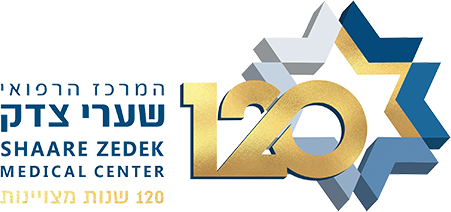Building a digital infrastructure to connect welfare and healthcare data
Our first research study, funded by the Ministry of Health (2018), led to the creation of a comprehensive clinical data repository on the Ministry of Health’s big data research platform (TIMNA). This repository integrates and merges data from pediatric emergency Departments in Jerusalem: the Pediatric Emergency Departments at Shaare Zedek Medical Center, the Pediatric Emergency Departments at Hadassah Mount Scopus and Hadassah Ein Kerem Medical Centers, and TEREM urgent care clinics. The clinical database includes information on 471,525 children who visited emergency medical departments between 2015 and 2021.
Our second research study, funded by the Ministry of Innovation, Science, and Technology and the Israel National Digital Agency (2022), expanded the database by incorporating and merging data from the Jerusalem Municipality’s Social Services Departments into the existing clinical database in TIMNA. The welfare data included 55,649 cases concerning 25,481 children between 2015 and 2023.
The integration of these data sources allowed for cross-referencing of clinical data from emergency medical departments with outcome measures—namely, welfare service data. The database was developed in collaboration with the the municipality’s senior social workers who assisted in creating precise case definitions to identify whether a patient/child had experienced abuse. To the best of the researchers’ knowledge, this is a unique database in Israel and internationally, combining clinical emergency departments data with child welfare information.
As of today, the merged database includes data on 471,525 children, of whom 13,907 were documented by welfare services, and 6,523 met the case definition for child maltreatment. An initial analysis of the database shows that while 74% of the children who experienced maltreatment had previously been treated at one of the emergency care centers included in the database, only 2.9% of the reports to welfare services originated from healthcare providers.
The database already enables the identification of initial risk factors, such as the number of medical visits and demographic characteristics of the patients. The database already enables the identification of initial risk factors, such as the number of medical visits and demographic characteristics of the patients.
The merged database is being used to develop a predictive model for identifying physical abuse and neglect in children, which will be integrated into a clinical decision support system in emergency medical services.










